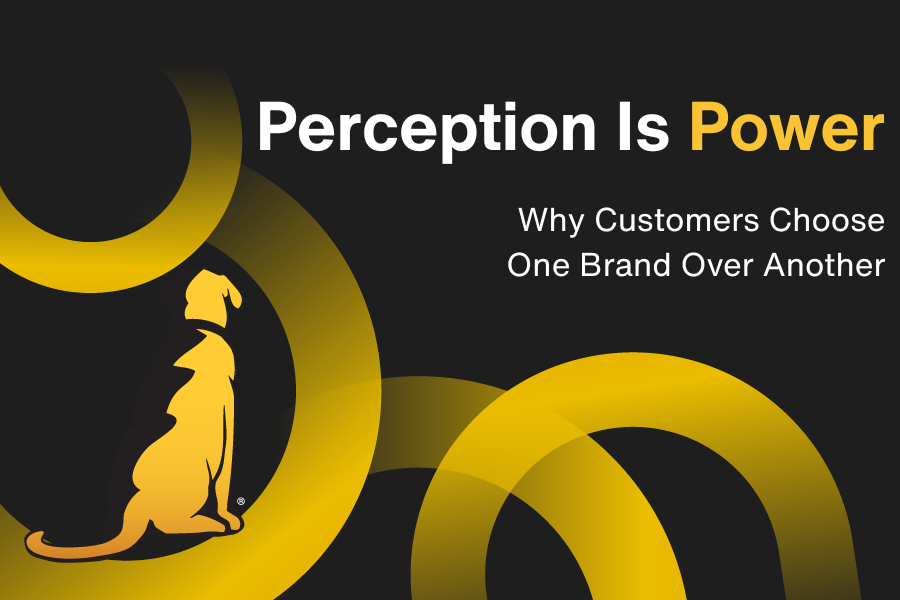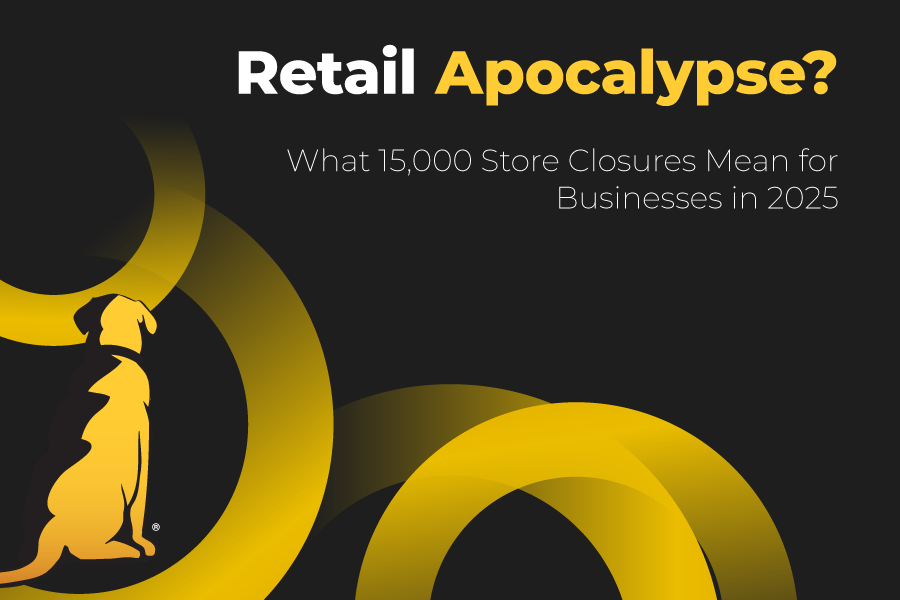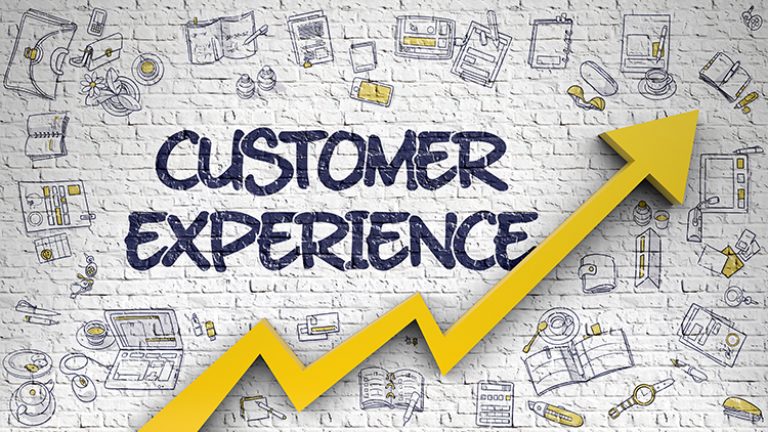Why Customer Perceived Value Matters
Let’s say two companies offer nearly identical products. Same quality, same features, similar price points. So why does one outsell the other by a wide margin?
It comes down to customer perceived value — what your audience believes your product or service is worth, not just in dollars, but in benefits, relevance, and emotional impact.
In other words, it’s not just what you sell. It’s what people believe they’re getting.
The Value Behind Perception
Perception drives action. If customers feel like your brand offers more value — through quality, service, status, or even story — they’re more likely to choose you, stay loyal, and pay a premium.
This isn’t about trickery or marketing fluff. It’s about building a brand that delivers meaning, not just merchandise.
Why Should Businesses Care?
Because perceived value affects everything:
- Pricing Power: Higher perceived value allows you to command better margins.
- Customer Loyalty: People come back to brands they believe deliver consistent value.
- Differentiation: In crowded markets, perception often tips the scales more than features do.
- Referrals: When customers feel they’ve gotten more than they paid for, they talk about it.
What Shapes Perceived Value?
It’s more than just product. Value is shaped by your:
- Brand design and messaging
- Customer service
- Reviews and social proof
- Packaging, experience, and tone
- Consistency across channels
When all of these align, trust builds. And with trust comes higher perceived value.
The Takeaway
Customer perceived value isn’t just a marketing buzzword — it’s the foundation of brand strength. If your audience doesn’t see the value, they won’t buy in.
Want to build a brand people believe in? Let’s talk strategy. At YellowDog, we help brands grow by turning perception into measurable performance.






